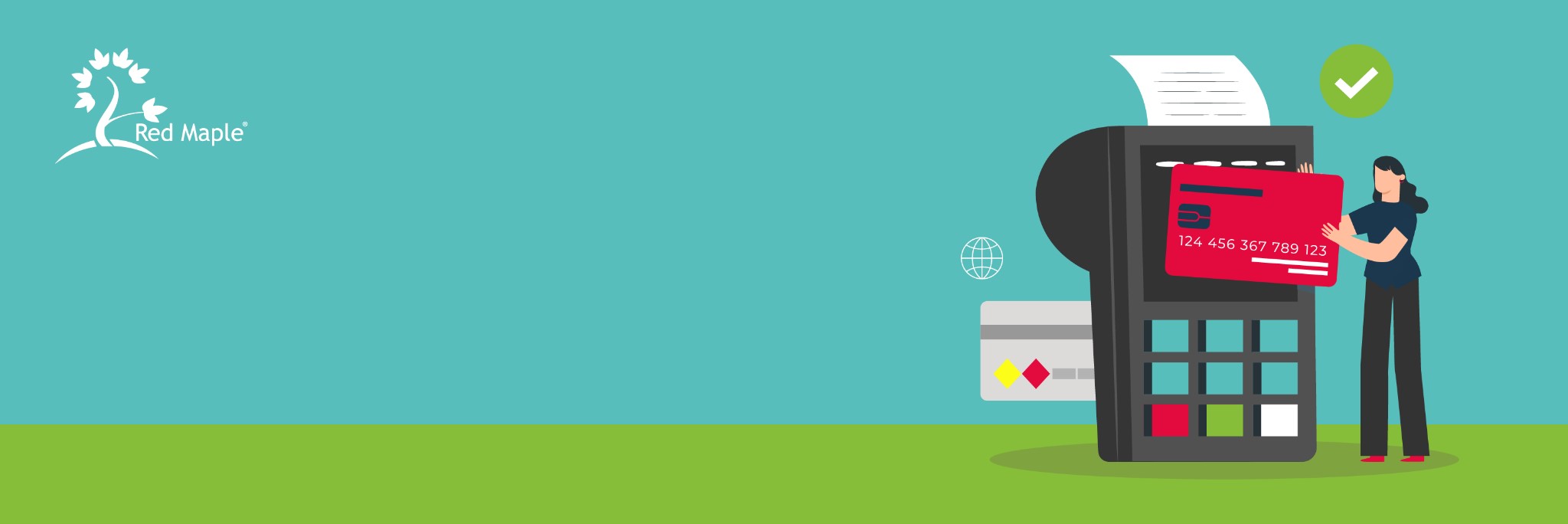They say the only constant is change. And that is one of the main truths in the world of technology. That is especially true for the retail industry. When it comes to payment solutions, there are many options available for processing credit card payments. When choosing a system, businesses look at many factors: security, ease of use, price point, convenience, functionality just to name a few.
There are many options designed for ecommerce, but for this article, we are going to focus on traditional brick-and-mortar operations. Traditional retailers will typically set up a point-of-sale (POS) system that gives the lowest possible credit card processing fee which is when the credit card is “present” during the transactions. This is most common system used. It can also offer the lowest rate because it offers “card present” transactions. That is when the customer is paying with the card in person and it offers the lowest processing and transaction fees. To enable this option merchants must have a complete retail POS system.
There are companies that are not a traditional brick-and-mortar yet still have a retail component. However, they lack high-volume sales and it is hard to justify the expense of a complete retail POS system. They still need a way to process credit cards from time to time. One example of a business like this would be a parts’ counter similar to one at a car dealership. Another example would be an outlet store. According to Patrick Hodo, CTO of Red Maple software company, any business that does not follow a customer/cart scenario that you typically find in other retail stores is a great candidate for counter sales.
“Counter sales is an easy and affordable option that allows a business to run a card-present transaction without implementing a complete retail POS. Instead, they can use their ERP system to manage the sale by manually entering the order and price using a card-present pin pad. This allows the customer to pay as they normally would with a credit card. Counter sales can actually save the company money without negatively affecting the customer’s experience,” explains Patrick Hodo, CTO of Red Maple.
There are several other benefits to utilizing counter sales:
Quick & Easy Checkout Process – It can be very frustrating for customers if they have to wait for the merchant to complete a credit card sale. Counter sales alleviates that problem by quickly processing credit card orders. The system allows employees to scan barcodes whether a customer is buying one item or 100. Counter sales is quick and automated, eliminating wait times for customers.
Customer Friendly – Counter sales can adjust to your customers’ needs. For example – you are able to accept a variety of payment types for any order. So, a customer could easily use both cash and a credit card to pay for an order.
Helps Your Sales Team Close Deals – One of the most useful features of counter sales is the ability to track “lost sales” . That means you can easily see and track what customers started to purchase but abandoned the sale because you were not able to fulfill the order at time of purchase. You can revisit those customers and make an offer to them which helps your team increase their sales.
Increase Efficiency in Reports – Tracking data and preparing reports can be stressful but counter sales eliminates that. At the end of the day, the system generates an automated reconciliation report. Quickly and accurately reconcile your sales and print reports.
Match sales to customers – Counter sales provides useful data, by allowing you to allocate all sales to a specific customer. You can also track past orders and generate reports that show helpful trends.
As is the case with any program, there are also drawbacks to counter sales. The main drawback is because you don’t use a complete POS system for your credit card transactions, it can be difficult to use scanners, scales, and other retail equipment. One other drawback is it is not a good program for retailers that have high volume checkout counters.
“If counter sales software is something that you would like to add for your company’s operations, it is a fairly easy system to implement and you can be up and running pretty quickly,” adds Hodo. There are two key steps to implement it.
Step one – Simply utilize the sales order process used for phone orders
Step two – We recommend adding in a pin pad as well as Red Maple’s software to facilitate payments for “card present” transactions. This will typically provide a lower processing fee.
Hodo says Red Maple is seeing an increase in companies wanting to utilize Counter Sales and believe it is a growing trend. If you want to add Counter Sales, Red Maple can manage the process and offers three key advantages.
- Ease of Use – At Red Maple, we have worked with companies of all sizes to set up counter sales. Our level of experience provides a quick and easy transition for customers.
- No Need to Change Credit Card Processor – One of the biggest advantages when you work with Red Maple to add in Counter Sales is you can keep your current credit processor or choose which processor to use. This saves time, money, and hassle.
- Provide Better Service for Customers – With Red Maple you can also set up a payment portal which will allow you to add click-to-pay and curbside delivery, a popular benefit for your customers.
In addition, Hodo says Red Maple also offers a software called Clever Division™ which is a portal for customers to safely store and pay for transactions. Hosted in the cloud, customers can easily log into the portal using their phone, enter a credit card and pay for orders/invoices in easy-to-use steps
For more information or to add counter sales or Clever Division to your system, email info@Redmaple.com.
